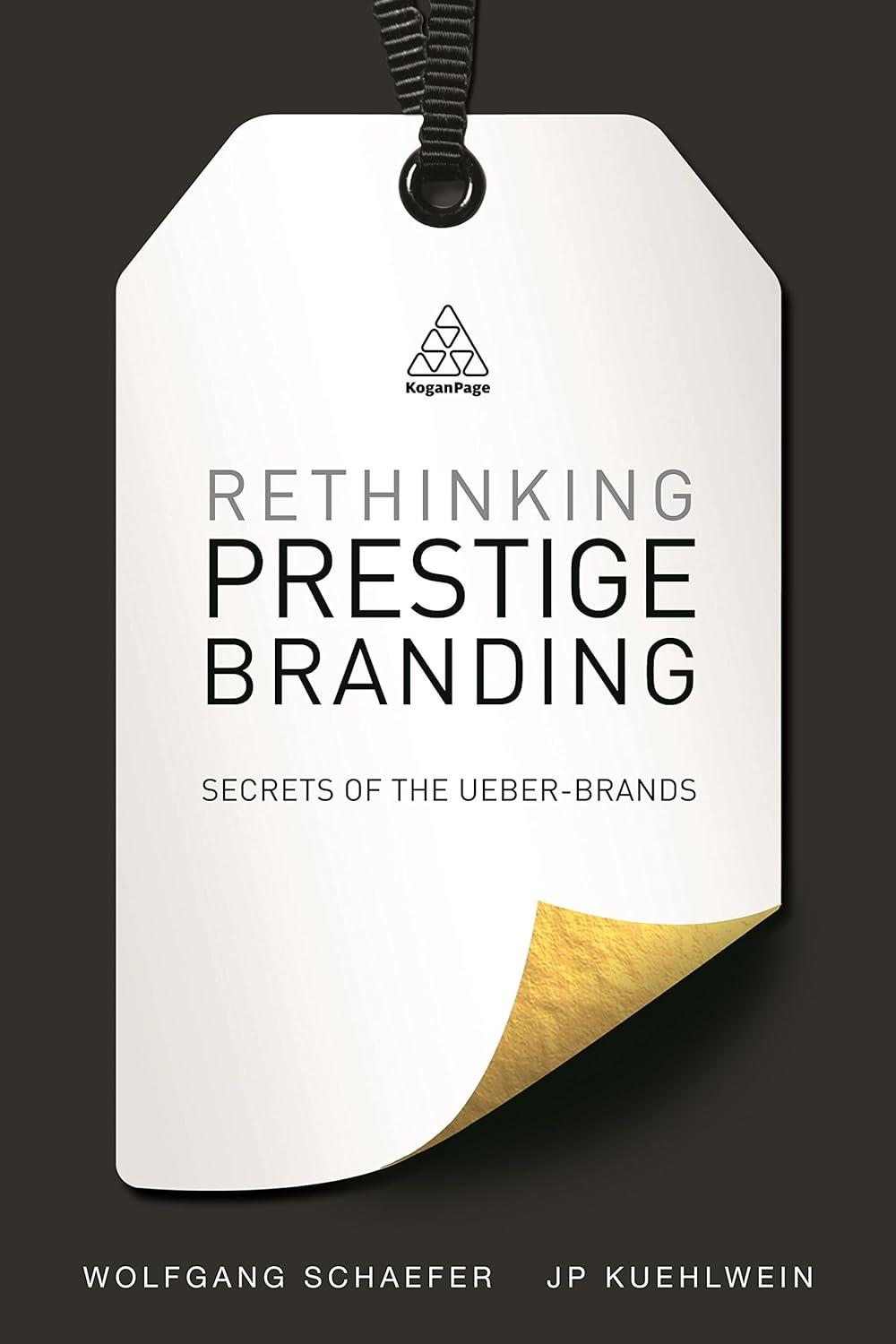Question
FORMATIVE ASSESSMENT 1 [100 Marks] THE EVOLUTION OF QUALITY: HIGHER QUALITY OUTPUT, LOWER COST OF QUALITY Disaster has a way of concentrating the mind. Massive
FORMATIVE ASSESSMENT 1 [100 Marks] THE EVOLUTION OF QUALITY: HIGHER QUALITY OUTPUT, LOWER COST OF QUALITY Disaster has a way of concentrating the mind. Massive recalls and lawsuitsover beverages, dairy products, detergents, beauty products, and othersbecome almost totemic reminders of what a lapse in quality can mean. And for companies everywhere, simultaneous increases in supply-chain complexity and media reach mean that the aftershock of a quality lapse is likely to be much larger than in the past. But despite their impact, these events are only part of the story. Indeed, as important as it is to keep rare disasters from happening, focusing too closely on them can distort an organization's understanding of what quality really means. Fundamentally, quality is about meeting or exceeding customer expectations: every day, every shipment, in each product and project, year after year. That's where the true value is, measured not only in higher revenues from greater customer satisfaction but also in higher operational efficiency and effectiveness due to increases in productivity and innovationand even employee engagement. Yet organizations face constraints. Rising margin pressures, particularly in consumer-oriented industries such as fastmoving consumer goods, limit how much companies can spend on quality practices. Organizations therefore cannot just be good at qualitythey need to be smart about it as well. To achieve the right balance, organizations must learn to think about quality systematically. At the very earliest stage of quality awareness, organizations start to hear the voice of the customer and project stakeholders more clearly while stabilizing their operating systems and promoting greater transparency about quality problems. As these practices take hold, the next stage of maturity centres on strengthening cross-functional accountability and collaboration for qualitysuch as with new performance standards so that quality standards inform the design of products and the management of supply contracts. At the third stage, quality informs much of the organization's decision making, embedding itself so deeply that it becomes a part of the culture and essential to the company's value proposition. Finally, among a small group of the very highest performers, quality becomes the basis for their reputation. These exceptional organizations expand their perspective on quality to address customer problems in ways that push their businesses into new areas, building on behavioural research and process analytics to develop deeper solutions and customer relationships. Achieving these outcomes requires investment. But the good news is that the organizations whose quality practices are the most sophisticated are not necessarily the ones that spend the most on quality. Instead, these leaders prioritize so that what they spend on quality is highly effective. At each stage of maturity, the advantages build: from essentially non-existent to basic, from basic to average, from average to advanced, and from advanced to industry leading. For example, a major dairy manufacturer at a basic stage reduced its "cost of poor quality"such as for warranty claims, yield losses, and reworkby about 35 percent. A mid-level food producer's facility reduced process deviations by more than 30 percent, while at the same time reducing the time to market by 30 percent. On average, the top personal-care and food plants produce dramatically better-quality results on factors such as yield and consumer complaints, both of which have significant cost implications (Exhibit 1). At every stage, therefore, companies across industries are achieving higher quality at competitive cost, building capabilities that prepare them for further stages of quality evolution.
Answer ALL the questions in this section. Question 1 (20 Marks) In light of the case study provided and using any relevant theory, do you think there has been any changes in the way organisations have been managing project quality over the past years? Substantiate your response with relevant evidence and discuss the factors that have influenced these changes. Question 2 (20 Marks) "As these practices take hold, the next stage of maturity centers on strengthening cross-functional accountability and collaboration for qualitysuch as with new performance standards so that quality standards inform the design of products". With reference to the case study discuss what quality standards entail and reflect on the factors that need to be considered in setting up performance and quality standards among various projects. Question 3 (20 Marks) "Quality informs much of the organization's decision making, embedding itself so deeply that it becomes a part of the culture and essential to the company's value proposition". In light of statement provided advise project managers on the values that they need to adopt in order to ensure that quality is part of the organisation's culture and central to its value proposition. Question 4 (20 Marks) As highlighted in the case study, achieving exceptional quality requires investment. Why do you think this is the case? Make sure that you provide relevant evidence in substantiating your response. Question 5 (20 Marks) One of the project managers of a competitor firm has embarked on an aggressive project quality restructuring program which is informed by the philosophy of Philip Crosby. As a project manager yourself discuss in detail what their restructuring program entails.
Step by Step Solution
There are 3 Steps involved in it
Step: 1

Get Instant Access to Expert-Tailored Solutions
See step-by-step solutions with expert insights and AI powered tools for academic success
Step: 2

Step: 3

Ace Your Homework with AI
Get the answers you need in no time with our AI-driven, step-by-step assistance
Get Started


